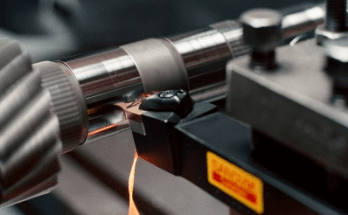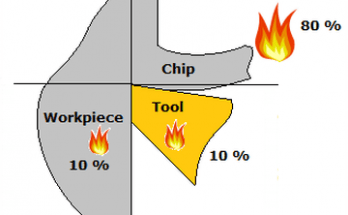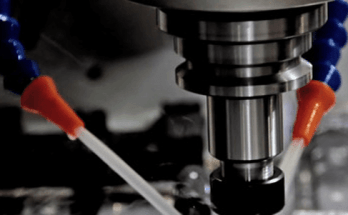CNC: Part bending in turning – the Reality
Let’s say you want to turn the part in fig. A from a cylindrical raw material. If you turn without holding the free end in a tailstock, would you get the part shown in fig. 1 or the one in fig. 2 ?
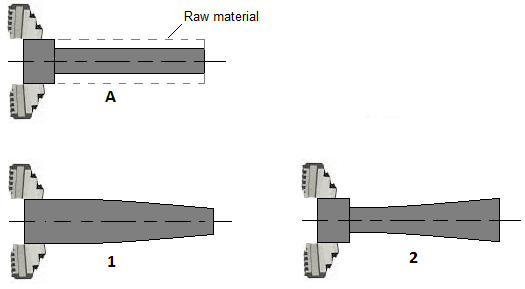
Most people’s answer would be fig. 1, but the video below shows you the correct answer.
Pics. and text source: CADEM NCyclopedia multimedia CNC training software.
Machine monitoring system on Industry 4.0,CAD/CAM software,CNC Program Simulation,CNC Training Software
Etc.
What is Proof and ABV on alco(hic!)hol bottles ?
Alcohol by Volume, or ABV, is the percentage of ethyl alcohol in the total volume. You’ll find ABV Alcohol by Volume is also written as ABV, V/V, or alc/vol.
All these mean the same thing – 40 ml of alcohol in every 100 ml of contents (the other 60 ml being mainly water): 40 % V/V, 40 % ABV, Alc. 40% by vol, 40 % vol, 40% alc/vol.
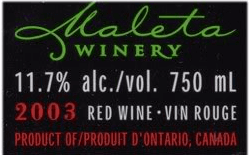
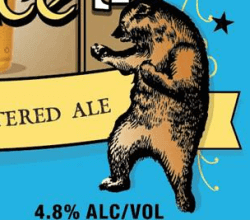
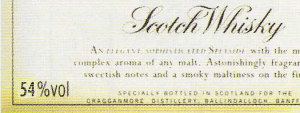
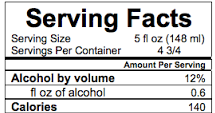
Proof is a more complicated and confusing term. The term ‘Proof’ originated in England 500 years ago. Rum was taxed at different rates depending on its alcohol content. The rum was tested by soaking a pellet of gunpowder in it. If the gunpowder could still burn after the soaking, the rum was rated as ‘above proof’ and taxed at a higher rate. Gunpowder would not burn after soaking in rum that had less than 57.15% ABV. So rum that contained this percentage of alcohol was said to be “100° (one hundred degrees) proof”. To convert Proof to ABV, just multiply by 0.5715.
See the label below, and note the year of manufacture. It’s 86 % ABV (that’s a crazy amount – the average whisky is about 40 %), and the label says “flammable”.

In the US, proof merely meant 2 x ABV. So if a bottle said 100 % Proof, it meant 50 % ABV.
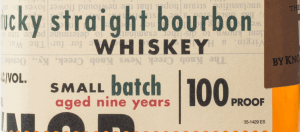
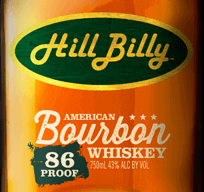
Very confusing, this Proof business.
Happily for us tipplers of today, Proof is obsolete. ABV, which is easy enough to understand even with faculties dulled by alcohol, is the standard used world over.
Here’s a page that has ABV for various types of liquor.
